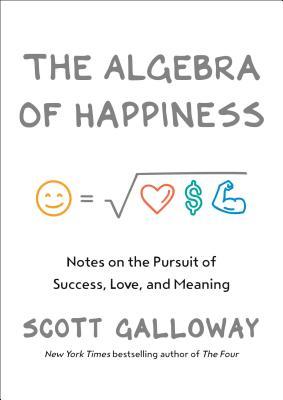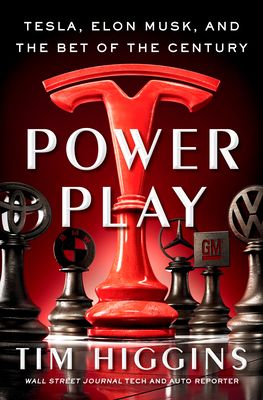Review: Seven Brief Lessons on Physics

Seven Brief Lessons on Physics by Carlo Rovelli
My rating: 3 of 5 stars
We live in a world where we are quite ignorant of how the universe, space and the earth works. How does gravity work? What really is time? How/why does our body (made up of mere particles) interact? The Seven Lessons in Physics provides a short insight into key learnings from the greatest physicists and scientists of our time. It is a journey through history and the discovery of some of the most important laws of nature and science.
This book is not an in depth scientific textbook broken down into seven core discoveries, but more a summary and toned down language that the lay person (like myself) can understand. What I like about it is that it provides a history as well as the interactions with other scientists theories that were either proved or disproved over time. For example, in the architecture of the cosmos there is a lot of discussion about the various domains of nature and how they have evolved from Copernicus to Artistotle.
Three key takeaways from the book:
1. Electrons, quarks, photons and gluons are the components of everything that sways in the space around us. They are the “elementary particles” studied in particle physics
2. The world seems to be less about objects than about interactive relationships
3. The difference between past and future exists only when there is heat. The fundamental phenomenon that distinguishes the future from the past is the fact that heat passes from things that are hotter to things that are colder. This phenomenon involves all three sides of the problem: quantum mechanics, general relativity, and thermal science. The heat of black holes is like the Rosetta stone of physics, written in a combination of three languages— quantum, gravitational and thermodynamic




